Region#3 Country#11: Chile
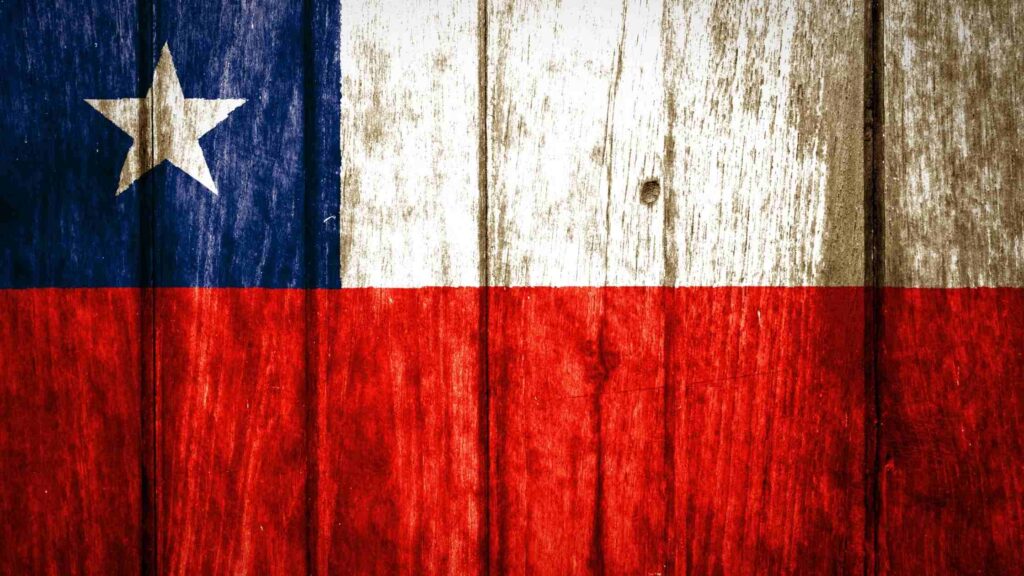
Before you start to breathe easier as you begin to put distance between yourself and Huaynaputina in Peru, consider that you are now entering a land that is roughly as stable as sea ice. I am not telling you that the volcanoes are no concern. After all, Chile has hundreds of them. It is just that you are now in the natural habitat of the earthquake. Chile has, on average, about 8,000 earthquakes per day.
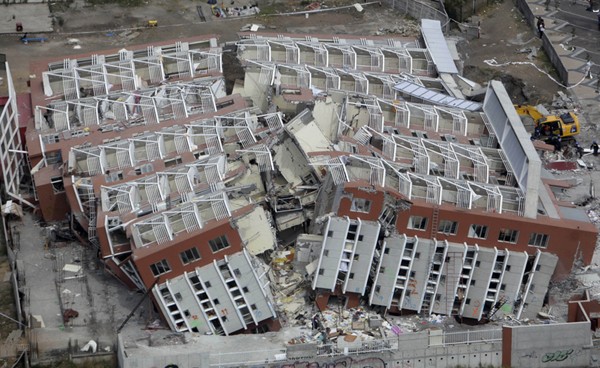
However, most of them are small and, in Chile, unless buildings break in half they are hardly worth noticing. It is the big ones that you have to watch out for. Worldwide, there have been 36 earthquakes recorded with a magnitude of 8.0 or more. 12 of them were in Chile. The strongest earthquake ever measured was a 9.5. And where was that? You guessed it; Chile.
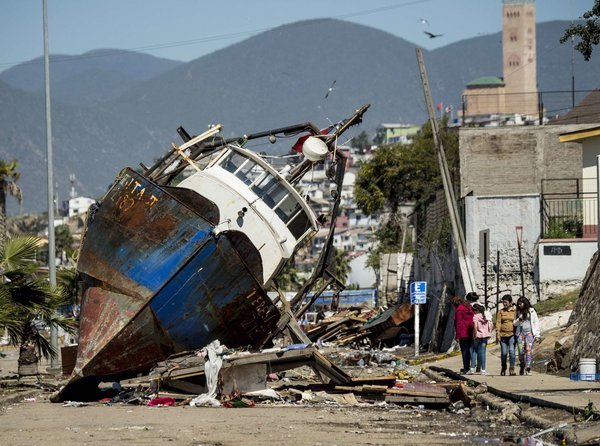
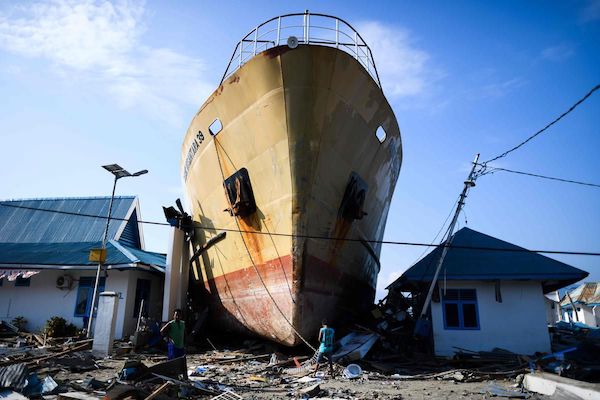
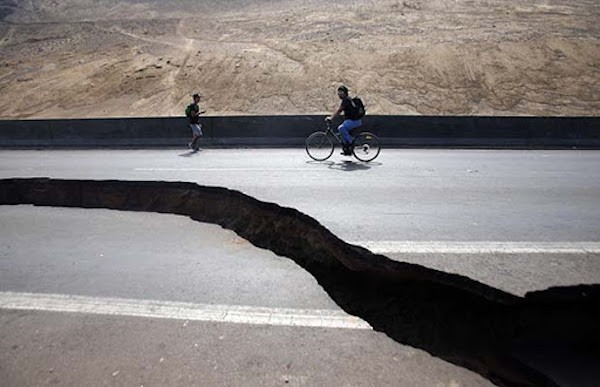
To help with your risk planning for the 900 kilometers you will be doing in Chile, I did a little chart of the major earthquakes in Chile since 1906. There have been 94 of them over the past 114 years, an average of one every 440 days. As of today (September 25, 2020) it has been 361 days since the last one. Over that time 53 of the 94 major quakes have occurred in less than 361 days (56%). The shortest interval was 1 day and the longest was 2,913 days. Only 3 times has the interval been longer than 2 years…. The bottom line; we are due. I don’t know if this means you should hurry to get there and get through before it hits, or you should take your time and hope it hits before you get there. I know it indicates you should move efficiently across Chile!
During our trip we have crossed the lands of an incredible variety of indigenous peoples. In Chile we are on the ancestral lands of whole new cultures. You can divide them into three groups. The northern Chileans were the southernmost extension of the pre-Inca cultures along the coast. The Araucanian Indians occupied the middle part of what is now Chile; south of the Rio Choapa. They were primarily agricultural and lived in family groups… although as the Inca, and later the Spanish would discover, they were capable of uniting against a common enemy. The southernmost part of Chile (and Argentina) was occupied by the Patagonians.
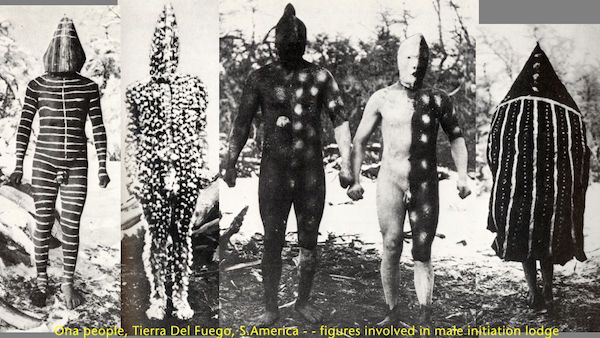
They lived by hunting and fishing, and in the earliest European accounts were described as giants. While not actually giants they did average 5’11” compared to the 5’1” of the Europeans who first encountered them, and there are reliable accounts of individuals reaching 7’ in height. It would be like us encountering a race of people who averaged 7’, with the odd 8 footers thrown in. Sadly, in the late 1800s and early 1900s, when the ranchers arrived to divide up their homeland, the Patagonians considered the sheep to be wild game, having no concept of domestic animals. They were deliberately exterminated. One last point of interest about the Patagonians; there are theories, with some archaeological evidence to back them up, that they are the descendants of voyagers who reached the southern part of South America sailing across the Pacific during some long ago time, mixed with the usual indigenous people who came across the Bering Strait and migrated down the coast. I suppose we will never know for sure, but they were definitely a people apart.
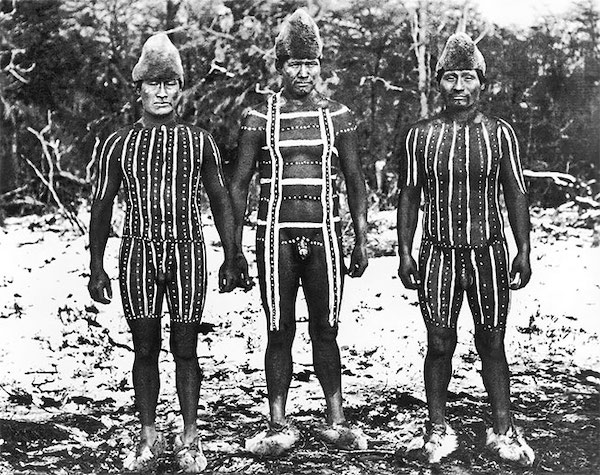
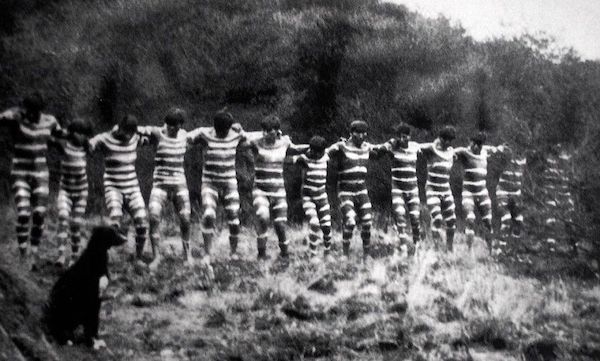
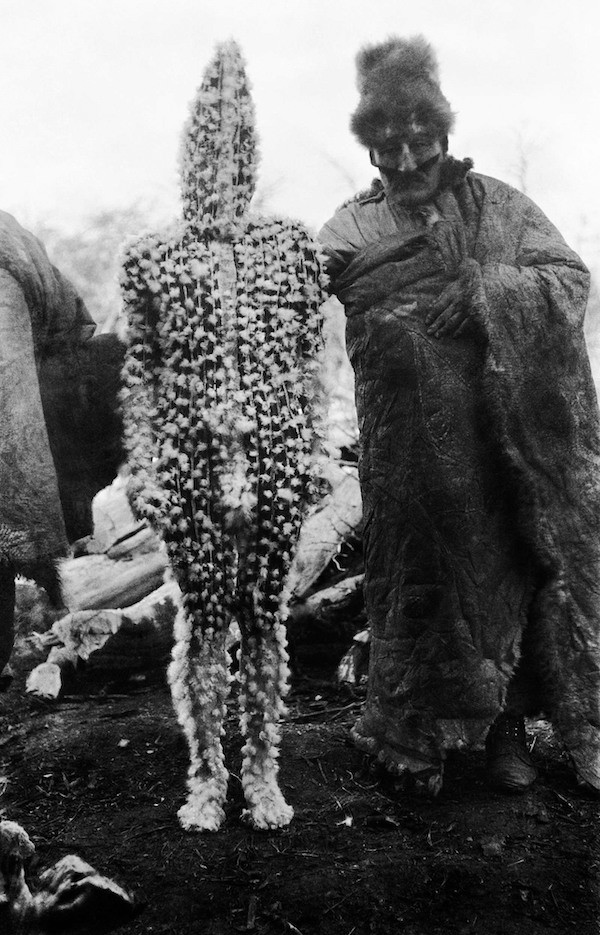
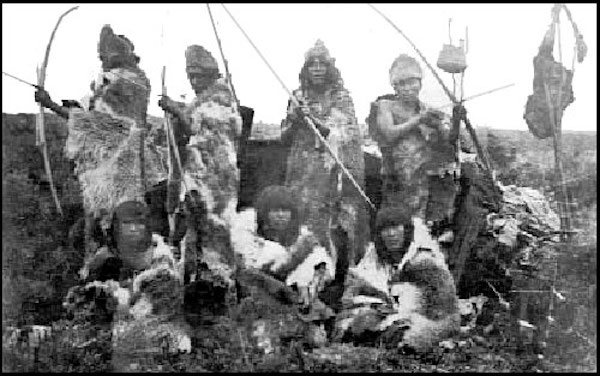
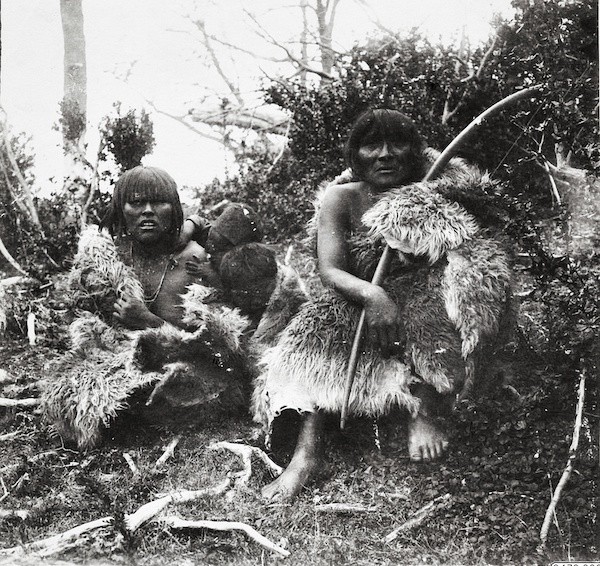
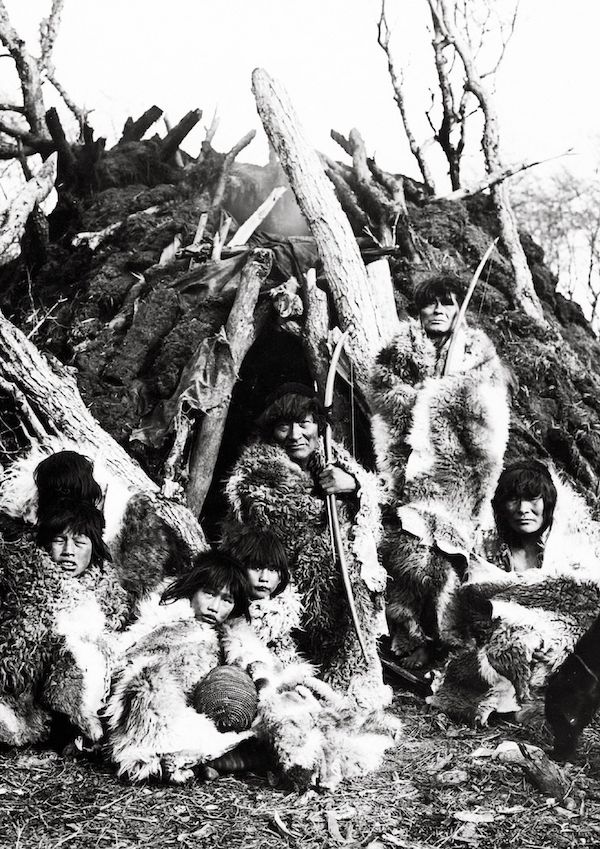
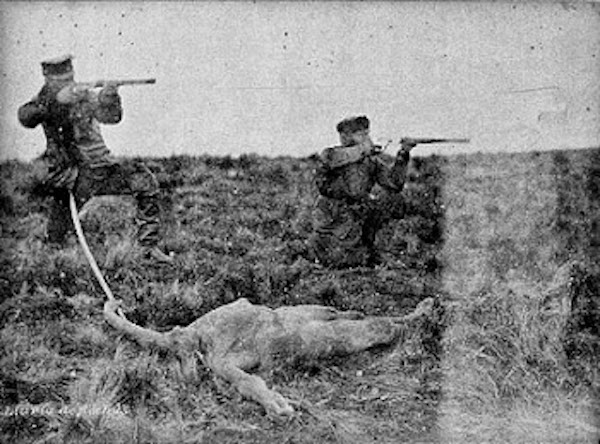
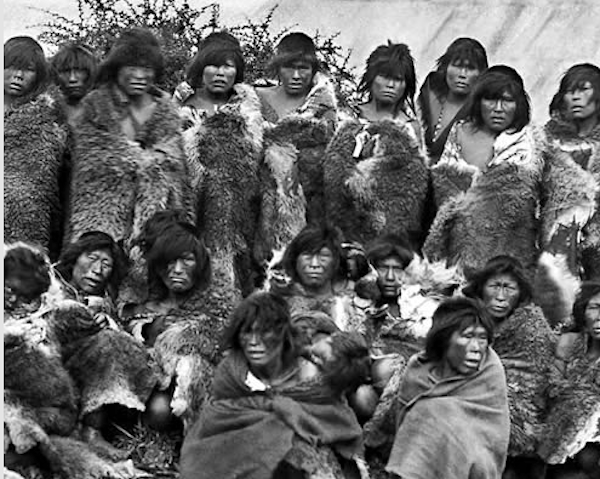
During the brief reign of the Inca Empire northern Chile was conquered; at least to the point of collecting tribute, although they were never able to colonize the area. However, central Chile was a different matter. The Araucanian, in particular the Mapuche, put up a fierce resistance. After the three day Battle of the Maule, the Inca armies were stopped at the Rio Maule. That was still the boundary when the Spaniards arrived. The Spanish found the Mapuche to be just as stubborn as the Inca had. The Mapuche quickly adopted the horse and Spanish weaponry, and fought the Spanish to a standstill. The Arauco war would last for more than 300 years before the Mapuche were finally defeated in the late 1800’s.Ironically, although the Mapuche are looked on as national heroes for their valiant fight against conquest that has not elevated their conditions above that of any other indigenous population.
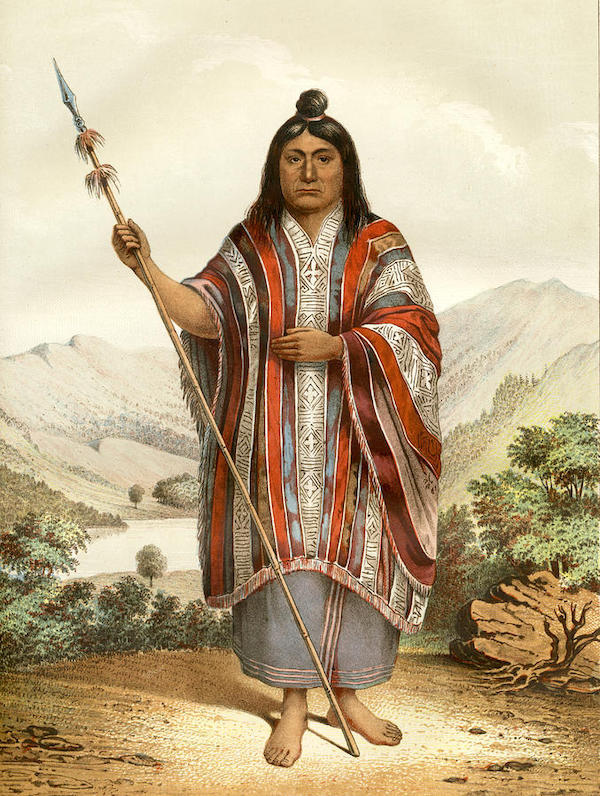
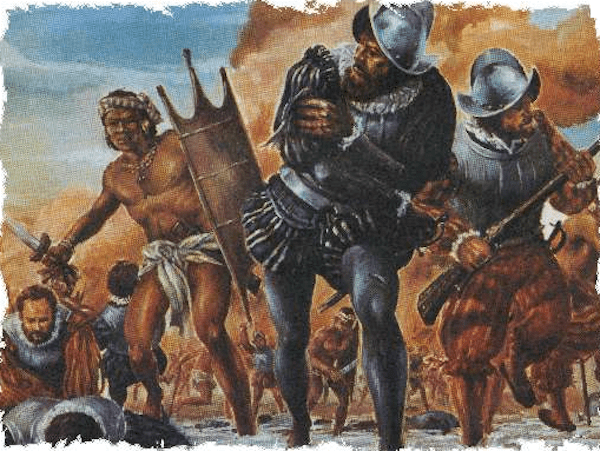
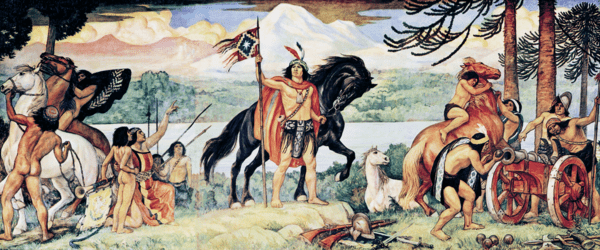
The modern history of Chile is very similar to that of most of the countries we have traveled through so far; the northern part was a colony of Spain until the 1820’s, and independence has only brought a mind numbing succession of constitutions, dictators, coups, military juntas and attempts at democracy.
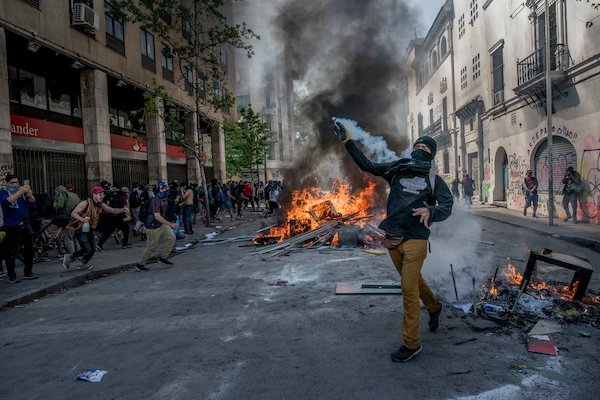
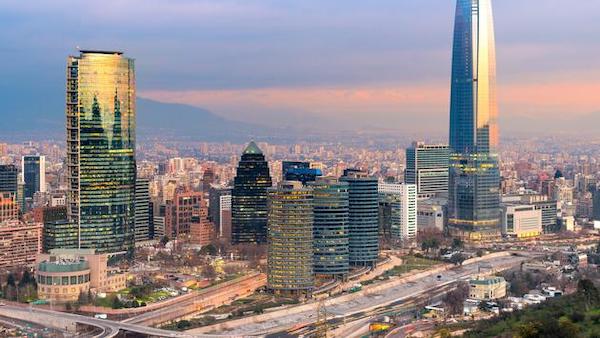
Chilean Food. Why Chilean food? Why not. We have periodically looked at local specialties, but starting in Mexico was starting with some of the most universally known food in the world. Tacos. Burritos, salsa and the other Mexican staples have spread to every corner of the globe. In Chile, we are thousands of kilometers from Mexico, and the taste of Chile is not at all like that of Mexico. And besides, I think Chilean food is interesting.
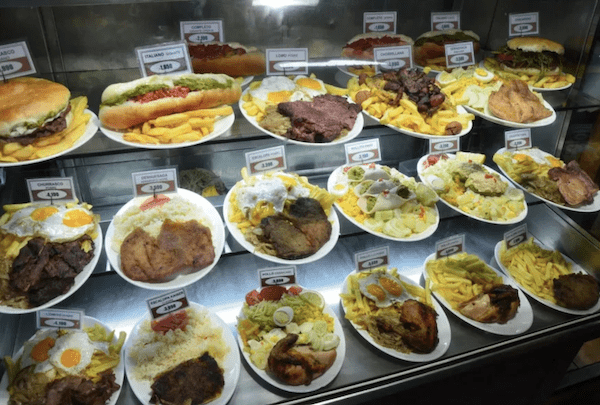
Noteworthy facts about Chilean cuisine: Number one is Mayonnaise. Chileans love mayonnaise. Seriously, Chileans love mayonnaise. Chile is the third largest mayonnaise consumer in the world, which says something about a country whose population is a mere 17 million. The second thing to know about Chilean food is the spices. The favorite spices in Chile are…. salt. If you are going to cook a Chilean recipe, you do not have to worry about going to the market to obtain rare, exotic spices. Just make sure you are not out of salt. Third is avocado. Chileans love avocado second only to mayonnaise. Many Chilean dishes are referred to as “Italiano”. No, this does not mean that Italian food has made inroads into Chile. It means that the food is topped liberally with mayonnaise and avocado, with a bit of tomato… and resembles the Italian flag! Fourth are the hot peppers. I mean, where would you be more likely to find chili peppers than in Chile? Just about anywhere. Even tho they share a border with Peru, where more different chili peppers are grown than anywhere else on earth, the chili pepper is not a staple in Chile. Remember Mexico, where the state of Tabasco has no Tabasco sauce? Isn’t the world an interesting place?
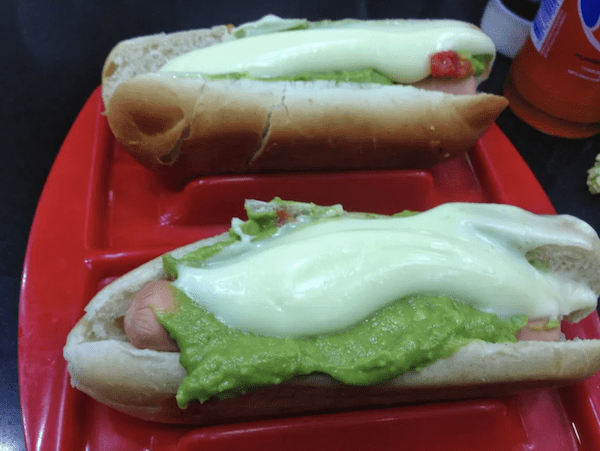
In the large cities you can find restaurants that serve food made to a more cosmopolitan taste. But we are not going to see any large cities. We are going to see desert. So, you can count on any food you find during your journey being bland. But don’t lose any sleep over that. If you find food, you will be thrilled just to find food!
Chilean Specialties:
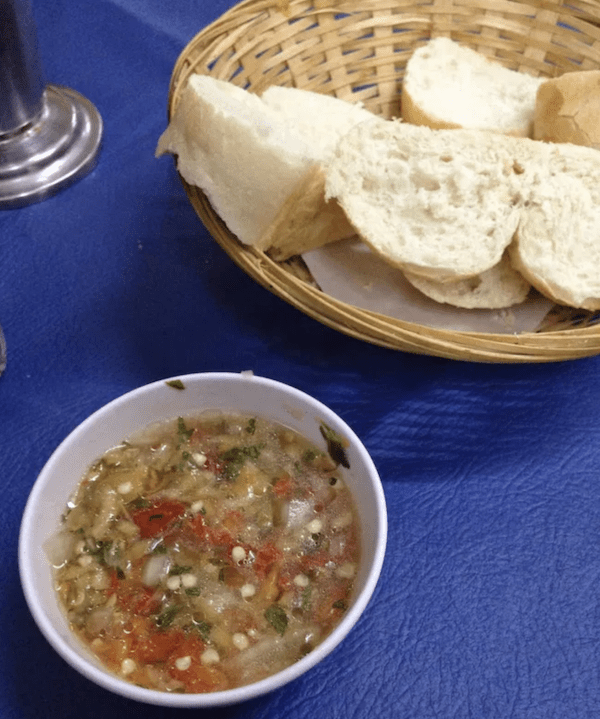
Churrasco Italiano: A meat sandwich with lots of mayonnaise, avocado, and a slice of tomato… did you think I was kidding about mayonnaise and avocado? This is the most likely item you will find roadside during your time in Chile. (or, you can opt for hot dogs Italiano!)
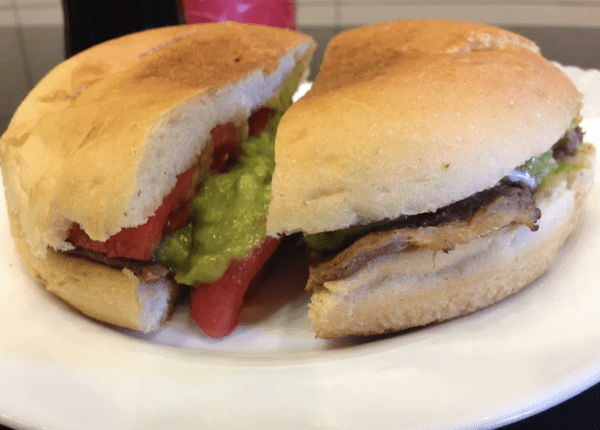
Chacarero: A meat sandwich with green beans and chili peppers on it (So they do have some chili peppers)
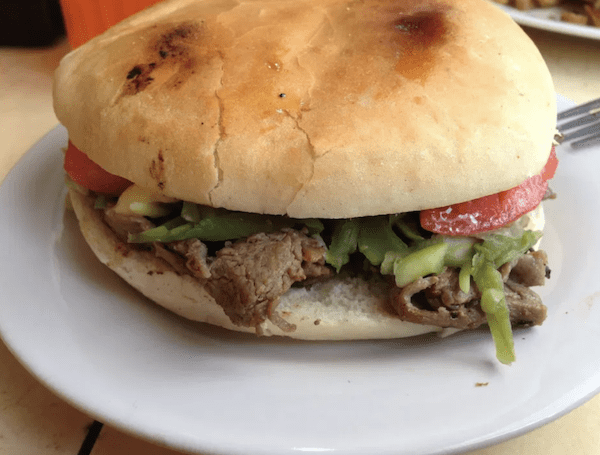
Chorillana and Lomo a lo Pobre: Thinly sliced beef (Chorillana) or Steak on a bed of French fries and onions, topped with fried eggs.
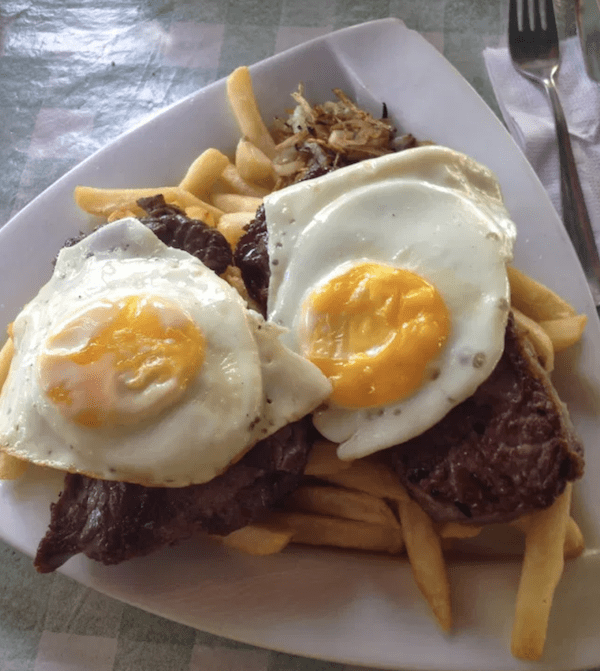
Arrollado Huaso: Pork sandwich smothered in avocado.
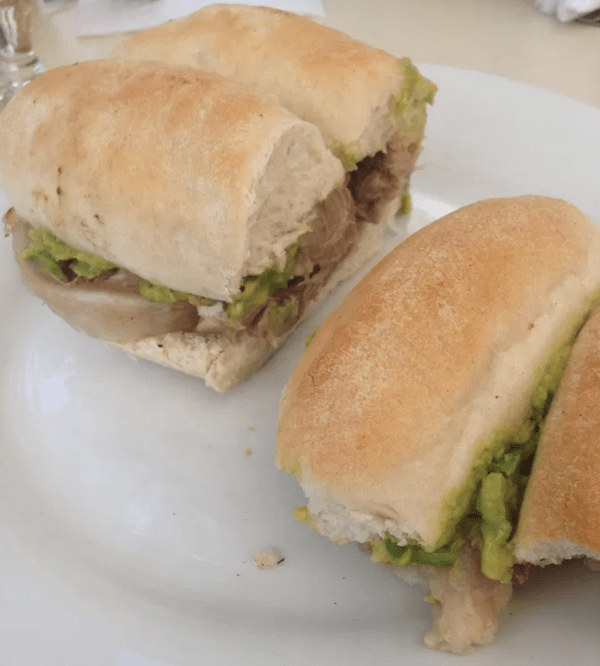
That covers the “fast food” you might encounter during your trip. However, I would be remiss not to include some of the main dishes you might find if you get lucky, or take a side trip to one of the cities. Cazuela: A sort of stew, with beef or chicken, corn on the cob, whole potatoes, cubed butternut squash, and chunks of carrot, seasoned with salt. Put it all in a pot of water, bring it to a boil and then let it simmer. It is seriously that simple.
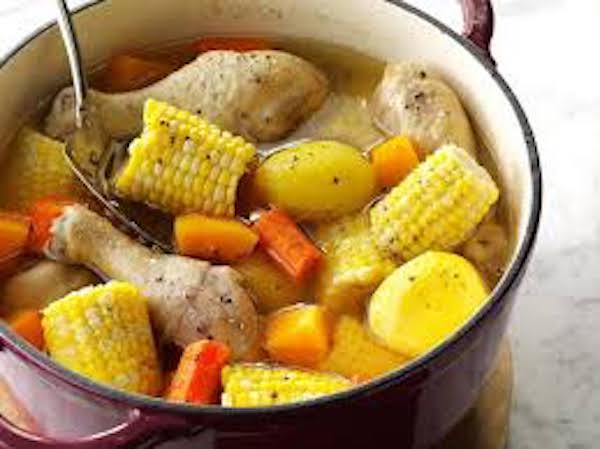
Empanada: Chopped beef in a pastry shell. If you are thinking UP pasty without the potatoes, you are not alone. I think it is a definite improvement over the pasty!
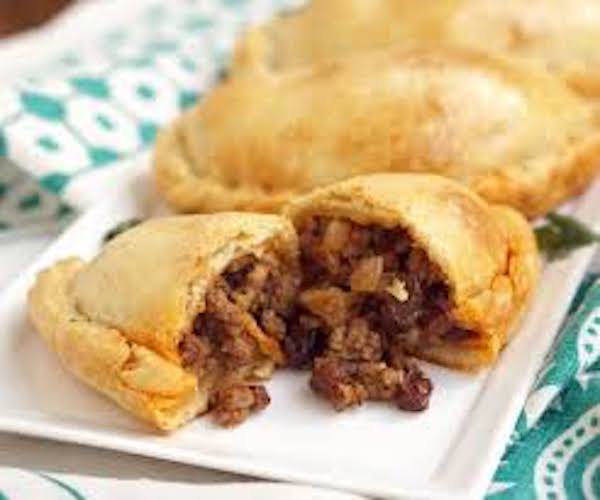
Pastel de Choclo: Nope, not a desert, and nothing to do with chocolate. But, once you get over the disappointment of not having chocolate, this is a Chilean dish I would really like to try. Beef sautéed with onions, olives, and chunks of hard boiled eggs, topped with a crust made of mashed up corn.
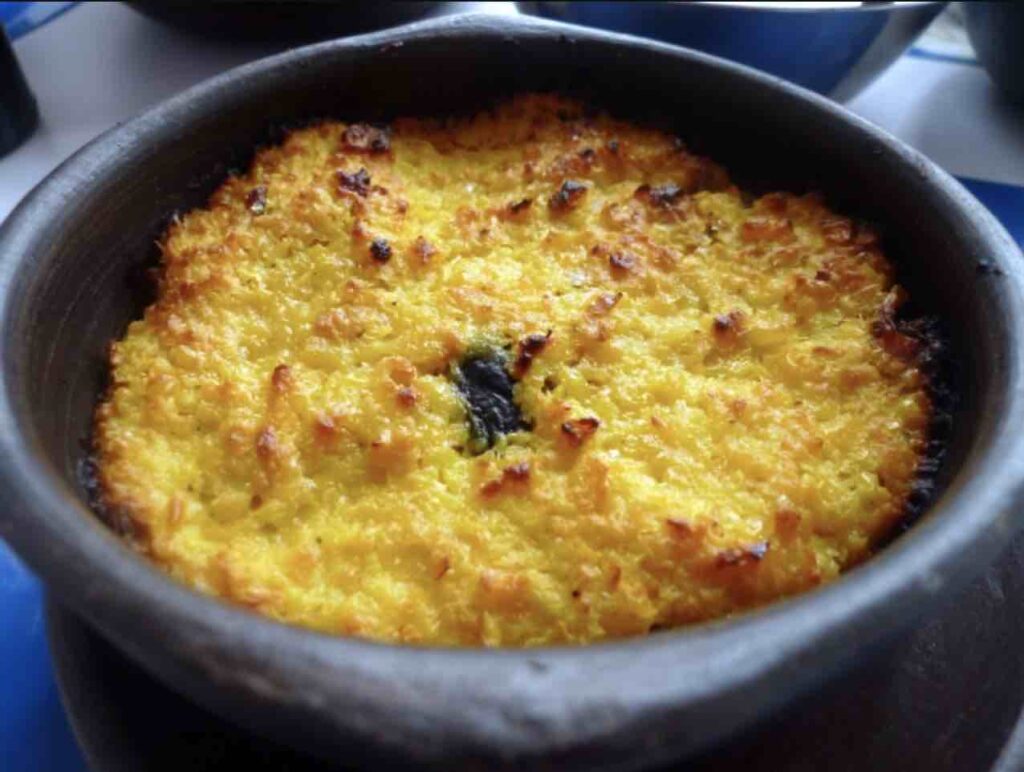
Now for the meat of this guide; your trip across Chile: (How is that for a pun/segue?) You will start out in the desert, but near the ocean. This should be nothing new. You have been in the rain shadow of the Andes since passing by Guayaquil in Ecuador. Even during your forays high into the Andes in Peru, you were in the barren, parched landscapes of the western slopes. All the rainforests are on the east side. It can only get better, as now you are drawing a bead on the famed Atacama Desert of Chile… the world’s second most arid climate. You will hit the greatest desert in the next Region.
20 kilometers into Chile you will pass the city of Arica. Altho the route takes you around the boundary, I recommend that you go right thru the center of the city. This is where you can stop at one of the numerous restaurante and try one of those famous Chilean dishes we were just discussing. And it is also 230 kilometers until you hit the next city of any description. We are talking now or never!
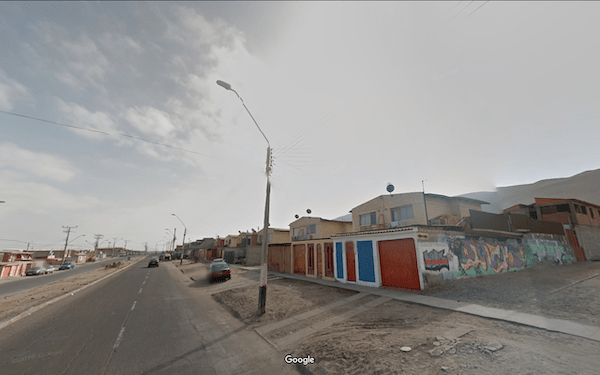
After you leave Arica, it is 230 kilometers of white and blue. The lonesome black top, where it is not covered with sand, stretches out endlessly in front of you.
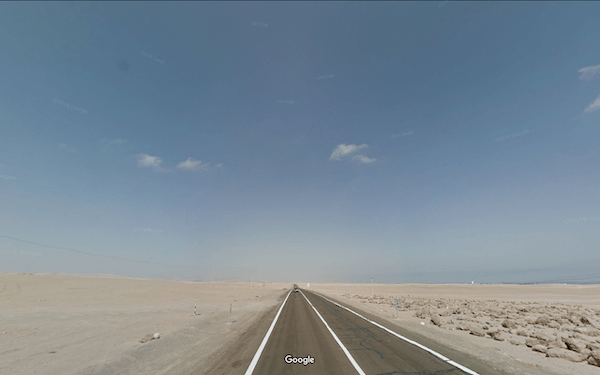
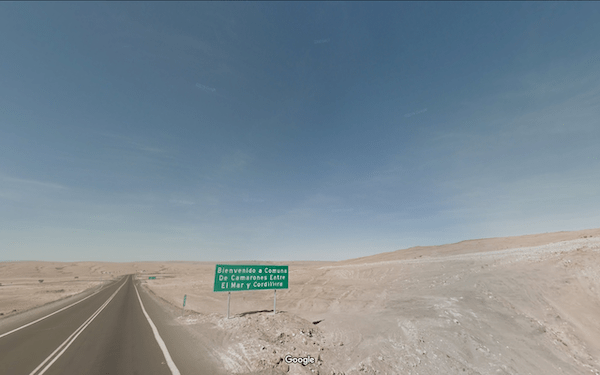
You will periodically move away from the ocean, and wind your way thru barren hills… but don’t worry. Those are also white.
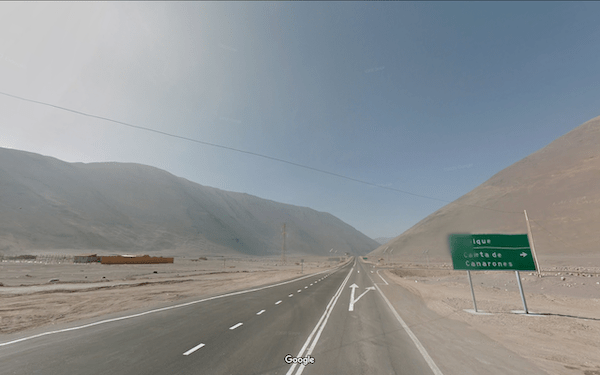
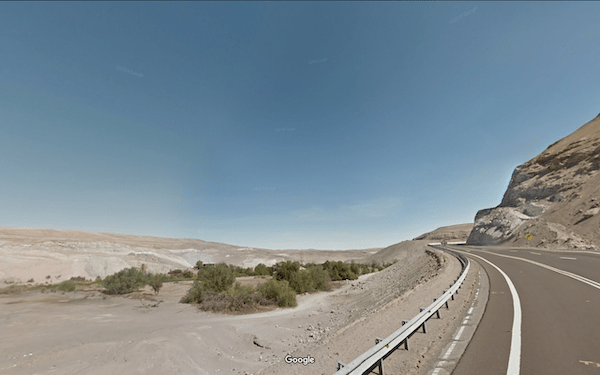
250 kilometers into Chile, 230 kilometers after leaving Arica, you will reach Huarta, and a chance for good food and a nice motel.
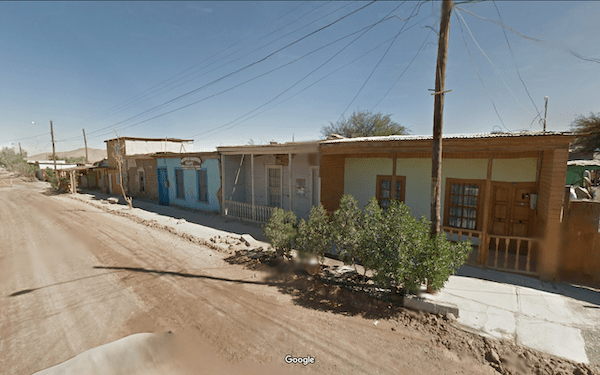
Another 200 kilometers of white and blue, broken only by a couple of tiny hamlets, takes you to the next luxury hotel in Quillagua.
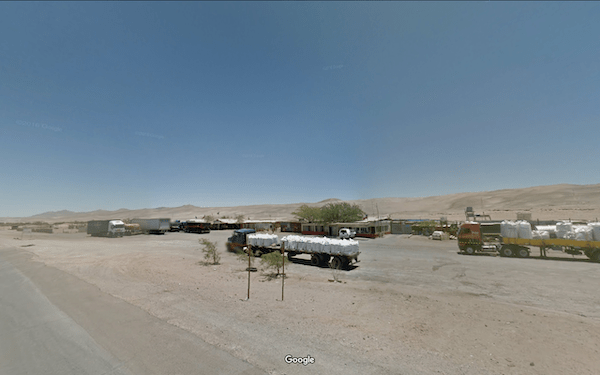
The important thing about Quillagua is that this is it. Over the next 450 kilometers to Argentina there is nothing but a couple of gas stations, and those are before the turnoff. At 660 kilometers the course reaches the Atacama Desert, turns east and starts the long climb to the Argentina border at nearly 13,000 feet.
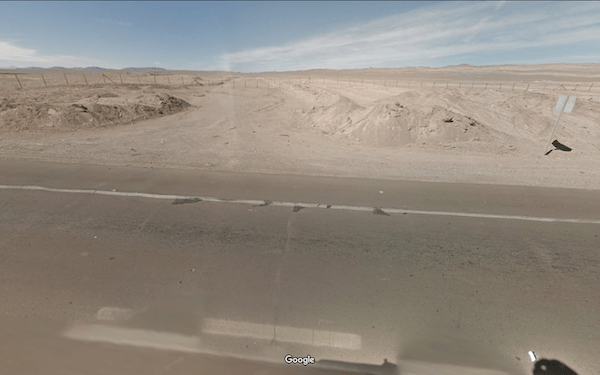
You are now on the infamous road to Paso Socompa, one of the most dangerous and least traveled roads in the world. It is called a gravel road, although much of the early portion is sand. It is called “maintained”, which means that a high clearance vehicle can travel safely at low speed on the long straightaways. On curves, dips, and the frequent steep climbs you will have to hope your aid vehicle can get thru, because to be left alone on this road whether it is on foot or on bicycle is bad news. At all costs stay on the main road, and do not get off road or even take a side road. If you get separated from your aid vehicle you will never be found. Plus, there are abandoned mine fields scattered about from the last Chile-Argentina conflict. The extreme heat at the lower elevations, and steep climbs with no oxygen, unpredictable snowstorms and blizzards at the higher elevations are only spice to make your journey seem more exciting.
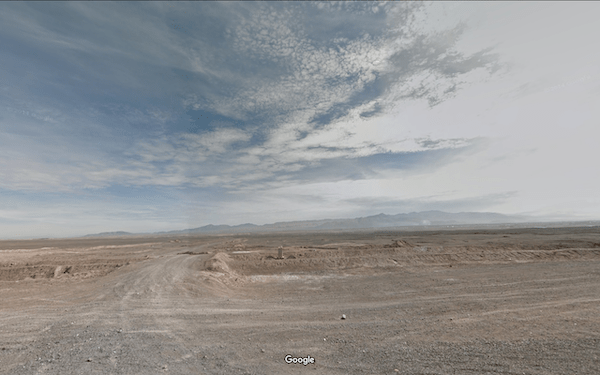
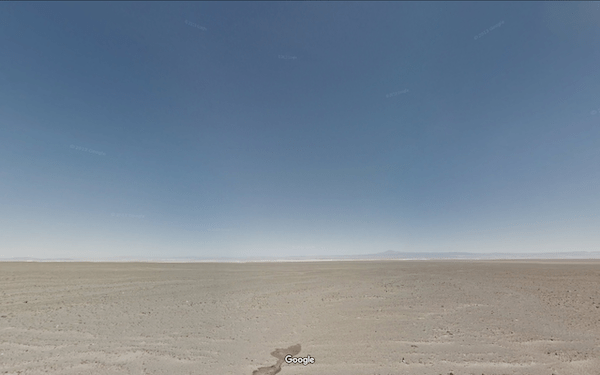
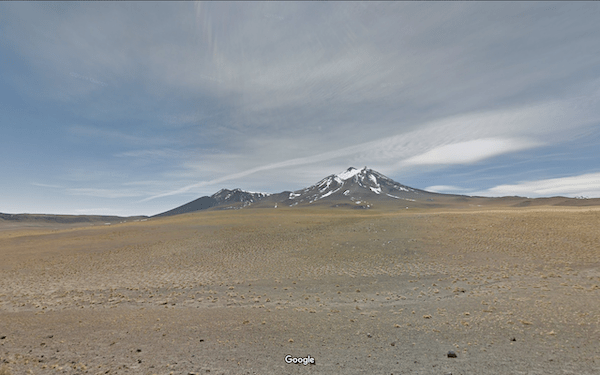
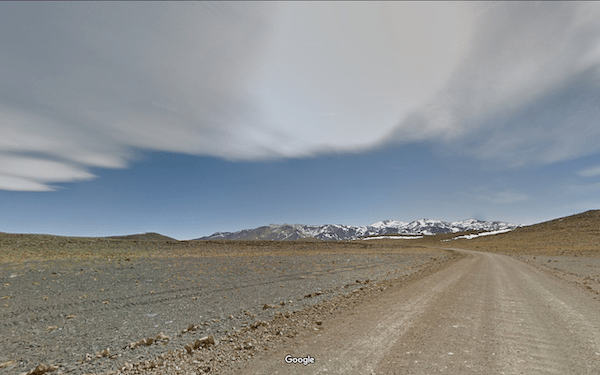
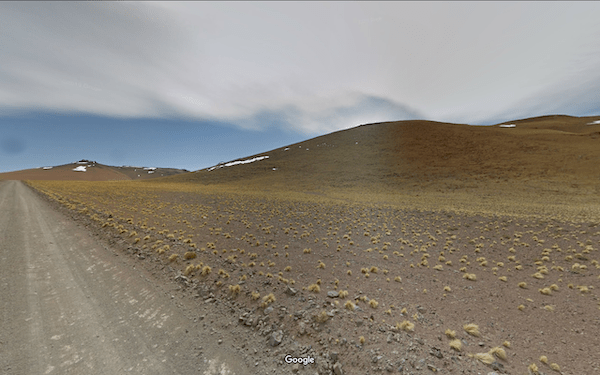
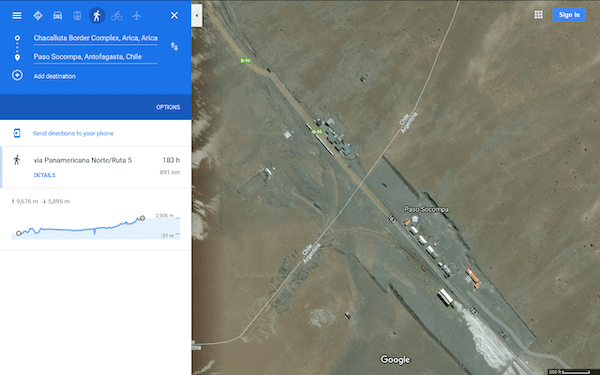
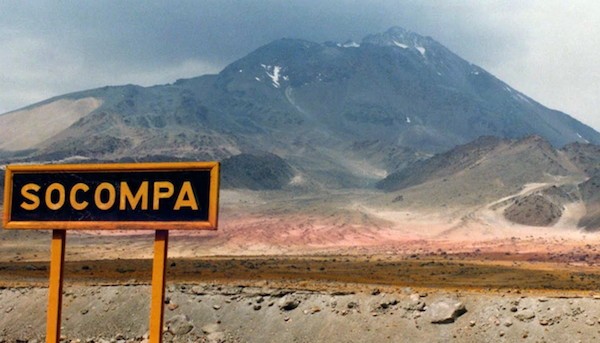
The most important thing is to relax and have a good time.
Crossing the border from Chile to Argentina at Paso Socompa:
No vehicles are allowed to cross here, so you will have to hope that they can drive around to a legal crossing and come back to meet you coming down within the next few days….. Enter Argentina well stocked!
All you will find at the Paso Socompa border is a small contingent of troops on the Chilean side and a couple of soldiers on the Argentine side. If you are the first team to reach this border, there may be delays as they try to figure out the procedures to process you. They only have about one border crossing a year at this point. Later teams should find them more polished in the procedures.
Your biggest obstacle will be their desperation to have you stay around a little longer. This is not the most exciting post to be assigned.
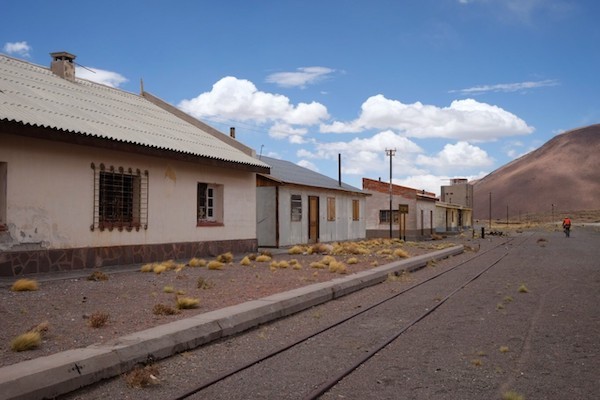
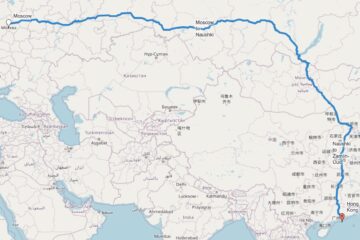
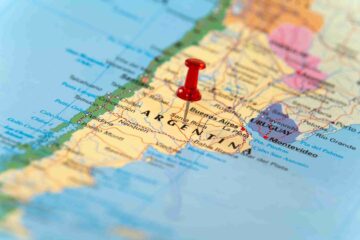
A store selling Patagonia products in Patagonia
The finish line of the Patagonia International Marathon
Chilean/Argentinian Andes from the air
One of two local beers that were common in Patagonia
The other local beer
Torres del Paine On a foggy morning
Torres del Paine. Although it looks like Torres del Paine is part of the Andes geologically it is considered a separate mountain range.
Another view of Torres del Paine but with the plain in the foreground. Along with the mountains there are vast areas of grasslands, rivers and lakes.
Although I have no photos from my travels along the Atacama Desert, I can tell you it is a sparse land that is the driest area on earth. Much of it is sand, some with wind blown dunes. But there are also valleys where rivers cut through the desert. These rivers are sourced in the Andes and the run off of melting snow. They are not wide rivers as we would think of as a river. But they bring enough water and life to the valleys that the have species of plants, birds and animals found nowhere else.
Let me add some photos and words about Atacama.
Approaching Calama airport
Laguna Cejar. Near the center – volcano Licancabur. Looks small, but it is 6000-er, it is on the Chilean/Bolivian border.
El Tatio, a geyser field, largest in the Southern Hemisphere, and the third-largest in the world.
Volcano Cerro Toco, view to Bolivia from the summit
Cerro Toco, view to Chile
Believe you me, it was on the summit
Horned coots (Fulica cornuta) on Vado Putana
Andean flamingo (Phoenicoparrus andinus) on Laguna Chaxa
Laguna Lejia
Vicuñas (Vicugna vicugna) near Laguna Lejia
Volcano Lascar, 5600 m. It is one of its six craters.
I’d guess hell smells like this. Will tell you later.
Another border crossing, a bit of South from Paso Socompa, on hwy 31.
On Chilean side it is partially self-serving.
If you are Chilean, you are to unlock the chain, drive over it, and put the chain back to the pole. No need to bother officers. They probably watch tv in the cabin nearby.
But foreigners must park their car and knock to the door.